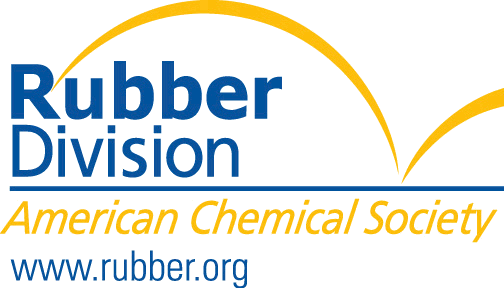Influence of Carbon Black Properties on the Surface Appearance of Extruded Articles
Influence of Carbon Black Properties on the Surface Appearance of Extruded Articles
Tuesday, March 25, 2014: 10:00 AM
Manufacturers of mechanical rubber goods (MRG) can choose from a large portfolio of rubber blacks in order to match the requirements for specific rubber articles regarding performance and processing. For a long time ASTM standard grades have been generally able to satisfy the needs. Extruded rubber articles used in automotive application need to fulfil an increasingly wide range of performance criteria. Today, automotive window sealings are part of the design package and must exhibit a perfectly smooth surface as visible defects may give rise to rejects by the automotive industry. Beyond smoothness there are often specific requirements for the gloss (shiny or dull). Specialty rubber blacks respond to the requirements and allow influence of these properties. Furthermore these special grades allow fast mixing cycles due to their specific morphology and contribute to optimizing production cost.
Experiments in model formulations have brought more insight into those carbon black parameters which have an impact on surface smoothness and on gloss. Besides the basic colloidal properties, specific surface area and structure, other carbon black properties have been taken into account.
The presentation describes the experimental set-up, including a newly developed method to predict surface defects in extruded articles. Test results from carbon blacks and from extruded tapes are shown and interpreted giving rise to some general rules for the selection of most appropriate carbon blacks to match given requirements for surface smoothness and gloss.
